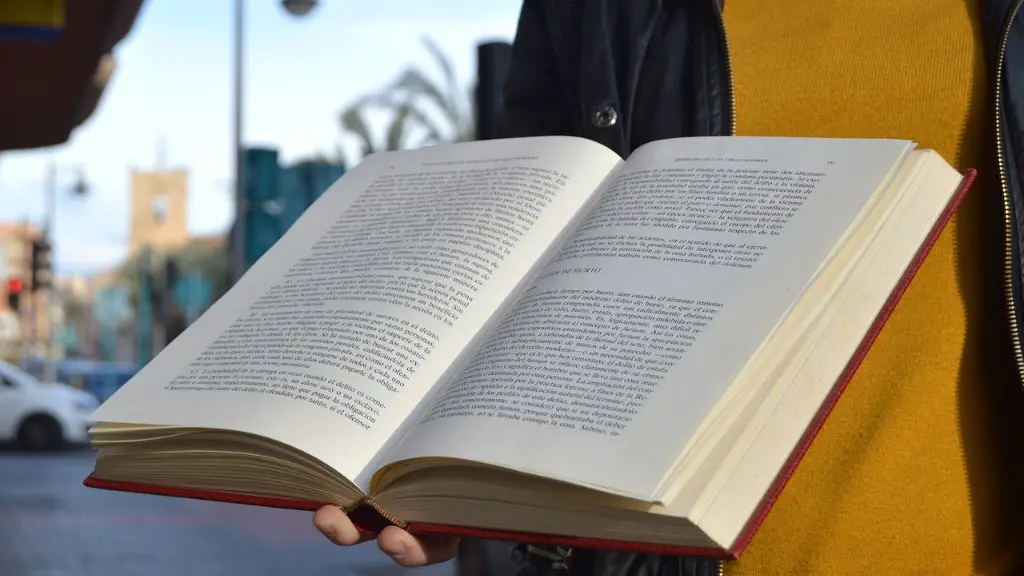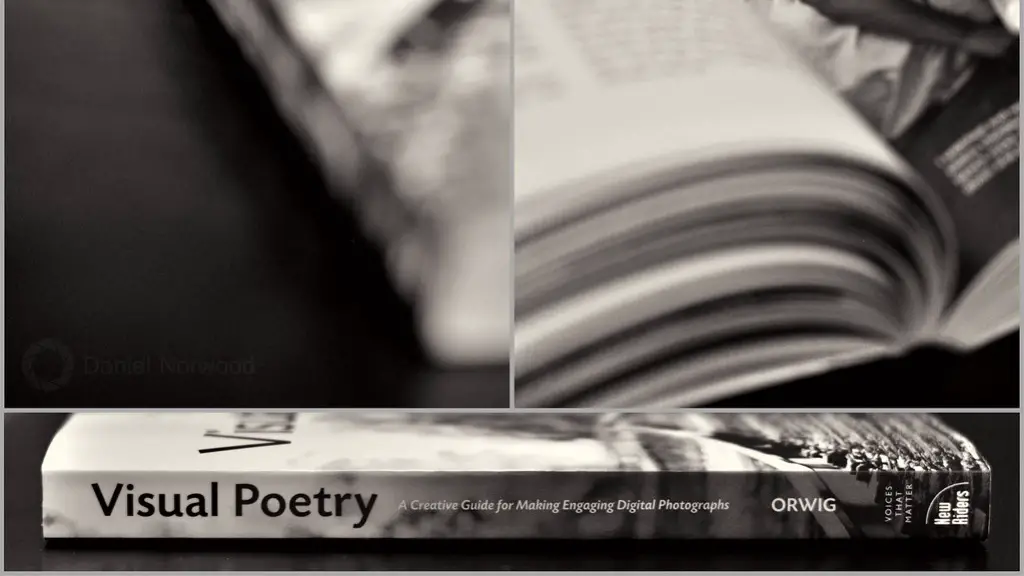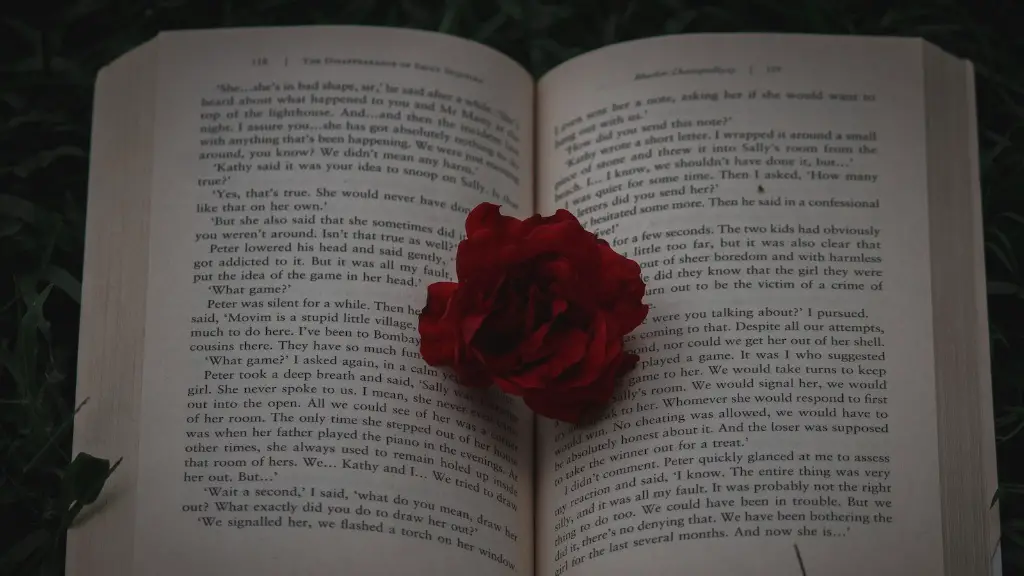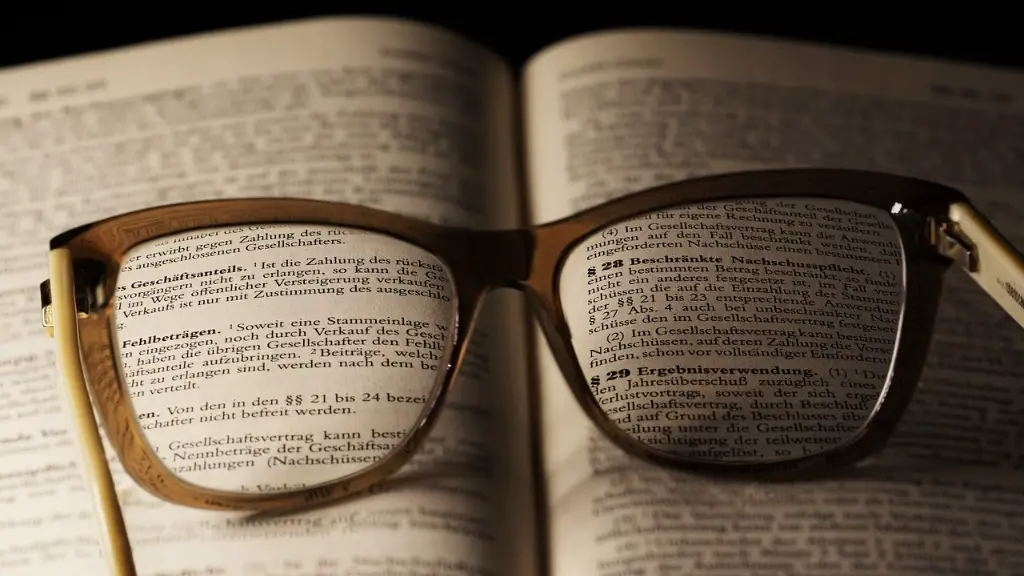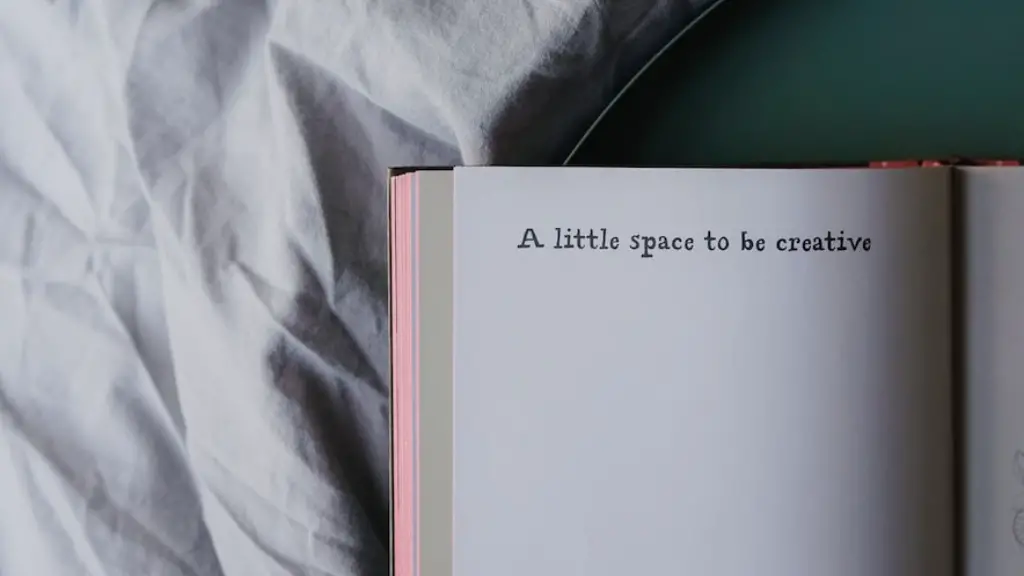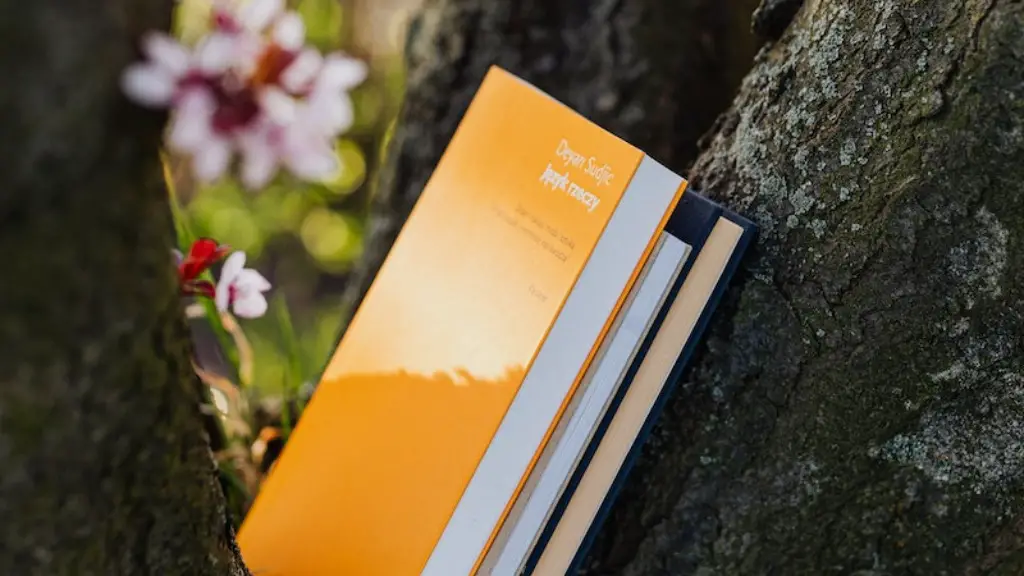What is Symbol in Poetry
The act of using symbols in poetry goes back to antiquity and is one of the oldest methods of expressing an idea or emotion. The use of symbols in a poem can be likened to using a symbol in a painting, it helps to evoke a certain feeling or emotion in the reader. Symbolism can be used to create the atmosphere of a poem, to hint at a message or moral, and even to establish a certain tone and mood. In some ways, the use of symbols can make a poem even more powerful by providing more intellectual meaning and resonance.
Symbols can be anything from an object such as a tree, to a more abstract concept like death or light. When used in a poem, symbols can emphasize a particular point, draw attention to certain ideas, or even simply inject emotion into a particular line or verse. However, it is important to note that symbolism can often be open to interpretation, which can lead to disagreement between readers.
The effect of using symbolism in poems is twofold; it can add depth to the reading experience and often brings to life the poem’s message in a way that no other method can. In some cases, symbols can also imply something that the poet may not have intended, or even leave the reader with a sense of confusion regarding the poem’s meaning.
To decide whether a symbol has any real impact on a poem’s themes, it is important to study the context in which it is used and then make a judgement. In certain cases, even seemingly insignificant symbols can make a powerful statement, such as a blade of grass used to signify the fragility of life. It is this kind of subtle symbolism that can add an extra layer to a poem and engage the reader on a deeper level.
Furthermore, symbols in poetry can also be used to connect with the audience by providing a deeper level of understanding; for instance, a symbol may act as a bridge between the theme of the poem and something familiar in a reader’s own life. This can lead to an emotional response and, perhaps, a deeper appreciation of the poem.
In conclusion, symbols in poetry can be used in a variety of ways to achieve a number of different effects. They can be used to convey a deeper meaning, evoke emotion, or even provide a link between the poem and the reader. All of this makes symbols an important part of understanding and appreciating poetry.
Symbolism in Poems and Poetry Types
Symbols in poems can take different forms and may take varying forms in different types of poetry. Traditional epic poetry, for instance, often uses symbols to evoke ethical or moral themes. On the other hand, contemporary poetries may use more everyday symbols to represent metaphorical and symbolic meanings. In general, however, the use of symbols in poems is mainly determined by the poet’s own style and idea of what a symbol should represent.
In addition to the different kinds of poetry, symbols can also be used in various ways and to various lengths. Short lines or single words can often be used to convey a single idea or emotion, such as sadness or joy. In contrast, longer symbols can be used to draw attention to a more complex or abstract idea. In any case, symbols can be used to give more meaning and resonance to a poem, and to help bring the subject matter to life.
Moreover, symbols can work to create more emotional effects in a poem. By drawing on themes from everyday life, symbols can add emotional layers to the poem that would otherwise be absent. This can be especially effective when used to evoke a sense of loss or longing. Furthermore, symbols can also help evoke a sense of mystery or suggest something underlying what is being said. In this way, symbols can help to take a poem to a higher level and bring out nuances that would otherwise remain unnoticed.
Finally, by combining symbols with other figurative language, poets can create a powerful and unique piece. In this case, symbols can be used to underscore or emphasize certain images or phrases. In doing so, symbols can act as a bridge between the mood or subject of the poem and the feelings of the reader.
Symbolism and its Impact on Poems
The use of symbolism in poetry can be an effective way of communicating ideas and evoking emotion. Symbolism plays an important role in connecting poems with the reader, and in creating a sense of depth and understanding. In some cases, symbolism can also be used as a tool for conveying complex concepts in simplified forms. This can make a poem extremely powerful and emotionally stimulating.
Symbols can also be used to drive home certain points in a poem. This is especially effective when used to evoke a certain emotion, such as sorrow or joy. These symbols often carry with them certain background experience and can act as a reference point to the reader. In effect, symbols can create a type of shorthand between the poem and the reader and enable the reader to connect with the poem on a deeper level.
In addition, symbols often act as a bridge between disparate ideas and storylines or between two seemingly unrelated objects. By using symbols to connect these ideas, the poet can create a richer and more emotionally resonant narrative. It is this link between the poem and the reader that makes symbolism such an effective tool in poetry.
Symbolism can also be used to create a contrast between the poem and the reader. By building on the contrast between the poem and the reader’s own life, the poet can draw attention to themes and ideas in the poem. In this way, symbols can act as a cue for the reader to reflect on the poem and make connections to his or her own life.
What Symbols Add to Poems
The use of symbols in poetry can lead to a more stimulating reading experience. Symbols can act as cues that draw the reader’s attention to the overall themes of the poem. In addition, symbols can emphasize certain lines or phrases in a poem, allowing the poet to bring out the poem’s message in a much more subtle way.
The ability of symbols to evoke emotion is also important. Symbols can be used to focus on particular emotions and to draw attention to the underlying messages of the poem. This can make the poem more moving and thought-provoking, and can often prove to be a powerful tool in stirring the emotions of the reader.
Symbols can also be used to allow the poet to express complex concepts in a simpler and more direct manner. By connecting seemingly unrelated objects, symbols can be used to convey complex concepts in a more accessible way. This can be incredibly powerful in terms of conveying difficult ideas and emotions in an effective way.
Furthermore, symbols can be used to add an extra level of resonance to poetry. Symbols can evoke images, scenes, or even emotions that may otherwise remain hidden in the background of the poem. By adding this extra element of resonance, symbols can make a poem seem more alive, and can often leave a lasting impression on the reader.
Using Symbols to Interpret Poems
The ability to interpret symbols in poetry can be invaluable in understanding the true meaning behind a poem. At times, symbols can act as a key to unlock the deeper theme of a poem, while at other times they might only be used to emphasize certain words or ideas. In either case, being able to identify symbols and their meanings can help add an extra layer to the poem and provide invaluable insight into the poet’s intentions.
In order to effectively interpret symbols in a poem, it is important to consider the context in which they are used. For example, the same symbol can mean different things depending on the poem and the context in which it is used. Therefore, it is important to consider the poet’s use of language, the overall themes, and the ways in which the symbol is used in relation to other words and phrases in the poem.
In addition, it is important to consider not just the literal meaning of a symbol, but also its underlying implications. A symbol can often be used to convey a deeper meaning than its literal definition, or to emphasize a certain tone or emotion. By considering both the literal and the implied meanings of symbols, an individual can gain a more thorough understanding of a poem.
Finally, the interpretation of symbols can often be an extremely subjective process. As previously mentioned, symbols may be open to interpretation, and different readers may draw different conclusions from them. Therefore, it is important to consider the individual reader’s perspective and potential biases when attempting to interpret a symbol.
The Significance of Symbols in Poems
The use of symbols in poetry can profoundly affect its reading experience. By creating layers of meaning and emphasizing certain lines or ideas, symbols can help to create an emotional impact and draw out nuances that would otherwise remain hidden in the background. Furthermore, symbols can also be used to create connections between poems and the reader, or to express complex or abstract ideas in simpler forms.
Symbols can also be used to evoke an emotion or a feeling. By using symbols or metaphors to describe a place, a person, an event or a mood, the poet can convey an emotion without actually stating it outright. Thus, symbols can be used to create a deeper level of understanding between the poem and the reader by providing contexts and meanings that are more than just the literal ones.
Finally, symbols can be used to bridge disparate ideas and make the poem come alive for the reader. By connecting different elements of the poem, symbols can add a greater level of significance and resonance to it. This can make the poem more powerful and evoke a deeper emotional response from the reader.
Symbols in Poetry: A Tool for Enhancing the Message
The use of symbols in poetry serves many purposes, but perhaps the most important is to enhance the poem’s overall message. By introducing symbols that connect with the reader or focus on a particular emotion, the poet can add an extra layer of depth and understanding to a poem. Furthermore, symbols can also be used to express complex and abstract ideas in a simpler manner.
In addition, symbols can help to create an emotional response in the reader. By drawing on familiar ideas or experiences, symbols can evoke emotion and create a deeper connection with the poem. Furthermore, symbols can also be used to emphasize certain lines or ideas in a poem, or to bridge disparate ideas and storylines.
Finally, symbols can be used to create a contrast between the poem and the reader. By creating a contrast between the poem and the reader’s own life, the poet can draw attention to themes and ideas in the poem. In this way, symbols can act as a cue for the reader to reflect on the poem and make connections to his or her own life.
